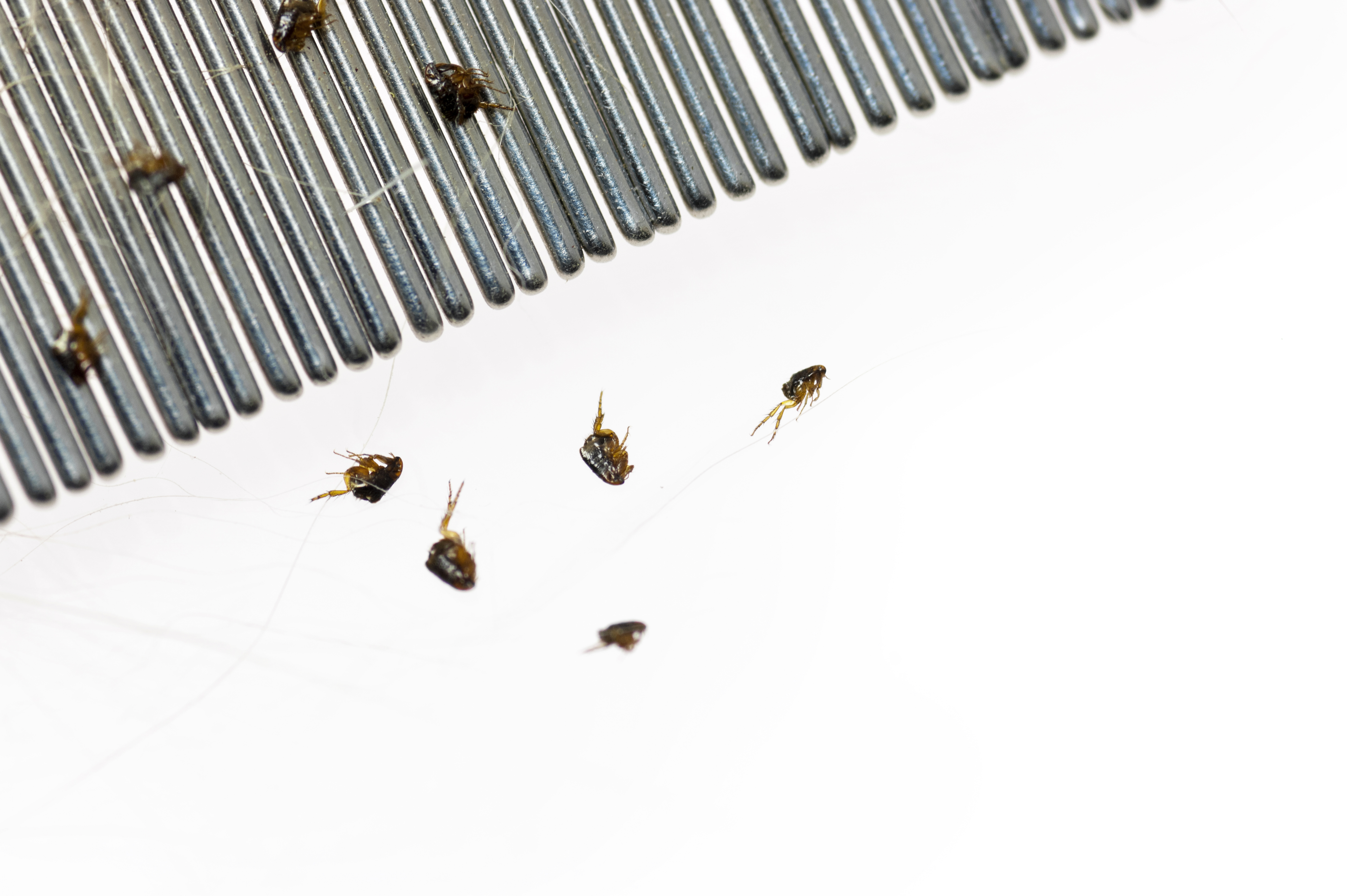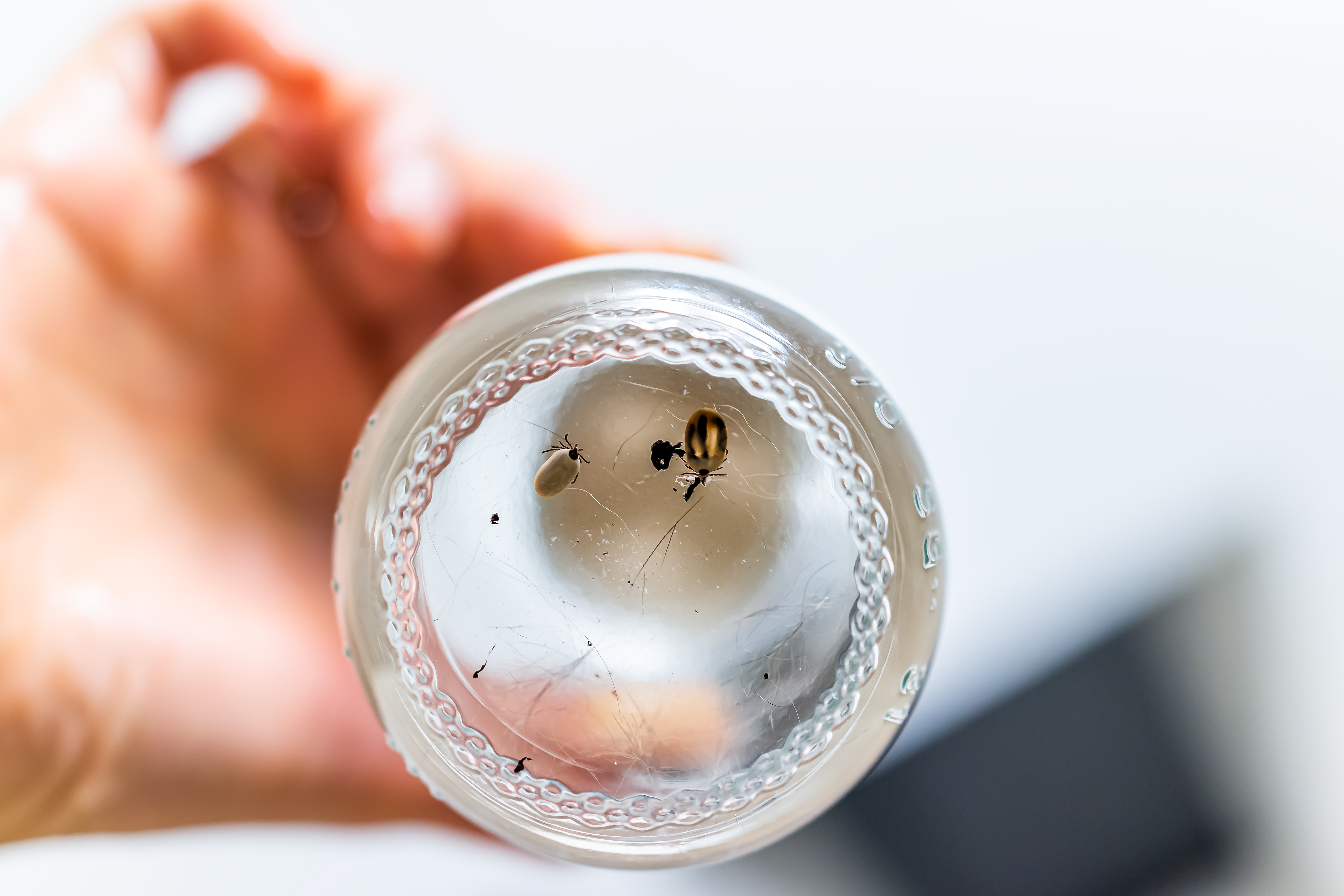
Have You Given Your Pets Their Pre-Winter Pest Check?
During the spring and summer months, pet owners are on high alert for signs of pests like fleas and ticks. When your furry friend is spending tons of time outside, their chances of picking up a pest and bringing it home are much higher.
However, what many pet owners don’t realize is that pests can still pose a threat in winter. Unfortunately, some pests can still remain active in the winter months and—even worse—they may already be inside your home!
Before winter is in full swing and pets are spending the majority of their time inside, make sure you conduct a full pest check and get your dog or cat treated as soon as possible so pests don’t make your warm and cozy house their new home.
Pests don’t always die in winter
One common pet owner misconception is that all pests die during winter, so your dog and home are safe. Unfortunately, this isn’t true.
Fleas thrive when temperatures are around 75 degrees Fahrenheit. However, before they emerge from cocoons called pupae, they can survive for many weeks in lower temperatures. If you live in an area that experiences moderate winter temperatures, fleas may still be active outside.
Additionally, female fleas can begin to lay eggs as early as 24 to 36 hours after finding a host. These eggs fall off of your pet into the environment. This means that if your pet catches fleas this fall, your home could become an incubator for flea eggs throughout the winter months. If left untreated, fleas may become an issue inside, rather than outside.
Ticks act in a very similar way. Once a female tick finds a host, it can deposit thousands of eggs into the environment. Newly hatched ticks will then wait until they can attach themselves to a new host and move through their life stages.
Some species of tick have even adapted to indoor life, while others can survive in freezing temperatures by going dormant, becoming active again when temperatures rise just above freezing. Thus, your dog can still catch a tick while out and about during winter.
How to conduct a pre-winter pest check

Although all dogs should be equipped with preventative measures like pest prevention collars or topical treatments, it’s still a good idea to conduct a routine pest check to ensure your pup isn’t bringing fleas or ticks home during fall and winter.
Once the weather starts to turn, it’s also important to do a thorough, pre-winter pest check. This comprehensive examination of your pup’s body will ensure that no pests are present and that you don’t need to worry about wintertime infestations inside your home. If you do find a pest during this check, you can more efficiently take action and eradicate pests from the home before they become a larger problem later on.
If your dog visits the groomer regularly, that is the perfect time to have them do a thorough check for pests. If not, you can conduct a check on your own at home.
Use a comb to part your pup’s hair and examine the skin in various parts of the body. Fleas and ticks tend to burrow themselves in warm, hard-to-reach areas like the armpits, neck, behind the legs and the stomach. You should also check both ears for signs of mites.
Knowing what to look for is very important during your physical examination. Pests often cause red, inflamed skin and itchiness. If fleas are present, you may also find dark brown “flea dirt” (flea excrement). Sometimes, you can even see the bodies of the fleas with your naked eye.
Even if you don’t notice signs of pests during your thorough check, make sure to watch your dog or cat for signs of pests, including incessant itching, biting and licking.
What to do if you discover winter pests

If you find a pest on your pet, you’ll want to take action right away! Speak with your vet and use their recommended pest treatments, which may include flea shampoo or other topical treatments. If your pet has a tick, use the proper removal technique and visit the vet to have the tick tested to ensure your pet has not contracted any tick-borne diseases.
Once your pet is free of pests, you’ll want to turn your attention to your home. Flea and tick eggs can fall off your infested pup and land on soft surfaces like carpet and other fabrics. Before you know it, these eggs could hatch, and your dog or other pets could be re-infested with fleas that were born inside your home!
Vacuuming your home multiple days in a row can help ensure that all living and dead fleas, as well as their eggs, are removed from your floors and carpets. You may also need to apply carpet powders and specialized fabric cleaners to ensure that your home’s fabrics are not harboring pests. Heavier fabrics like bedding and blankets should be washed in hot water to kill fleas.
If your pet becomes re-infested with fleas after you treated it and your home, you may need professional help in eradicating pests for the rest of the winter season.


